You can trust Cyclingnews
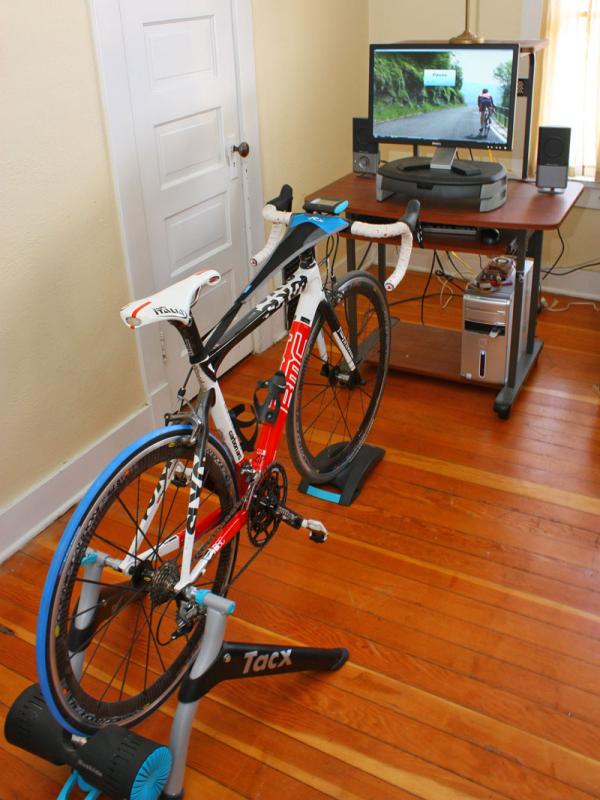
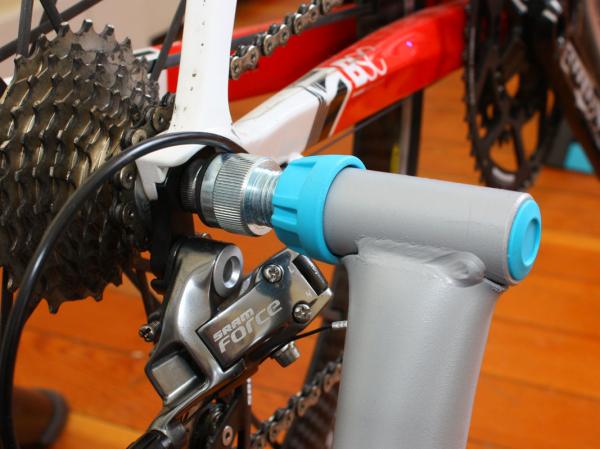
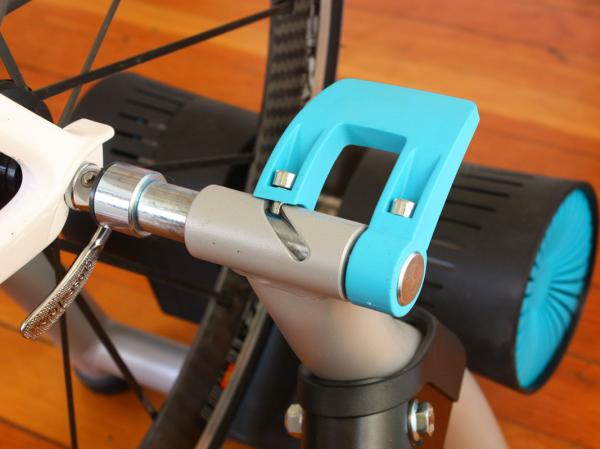
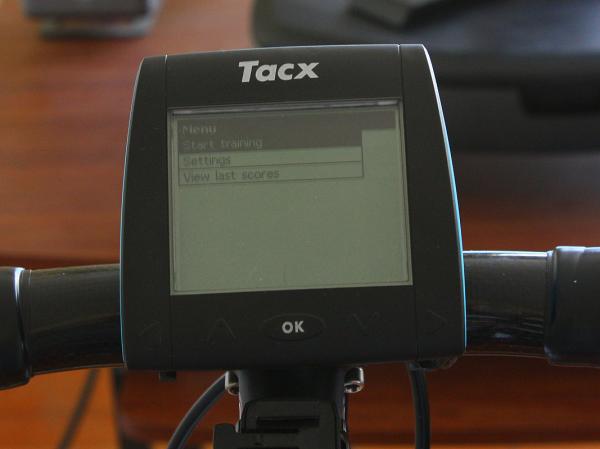
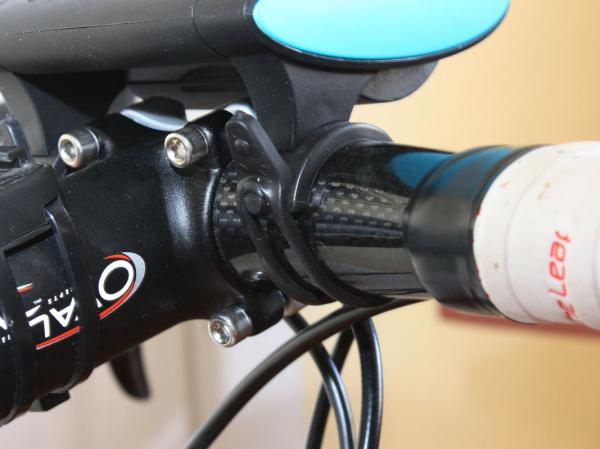
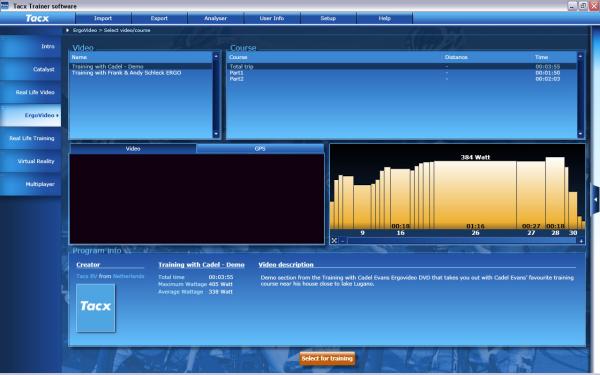
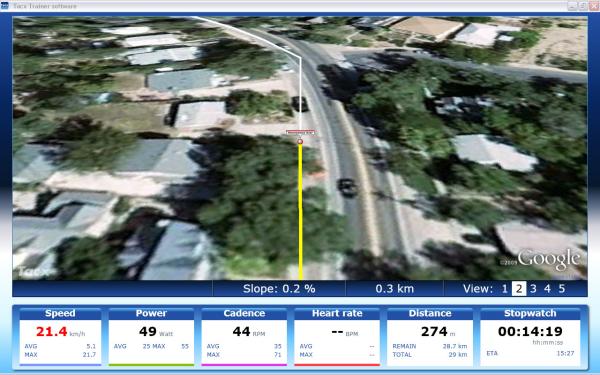
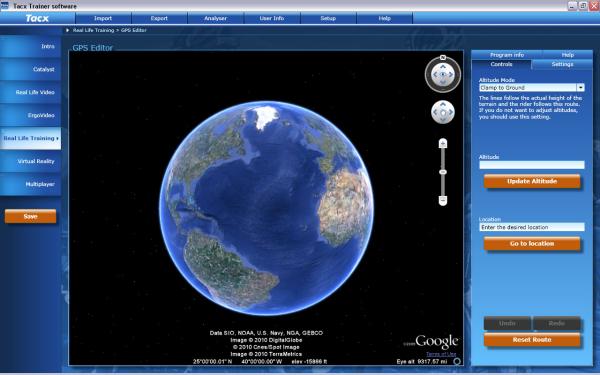
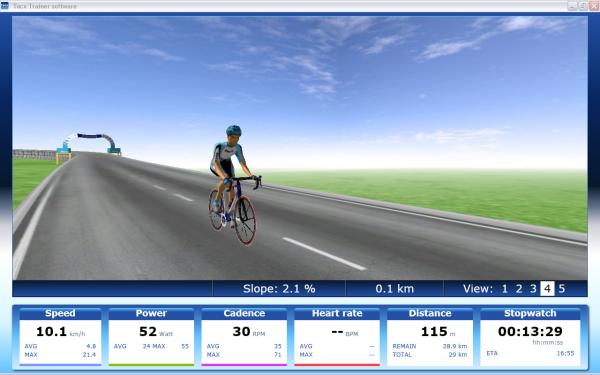
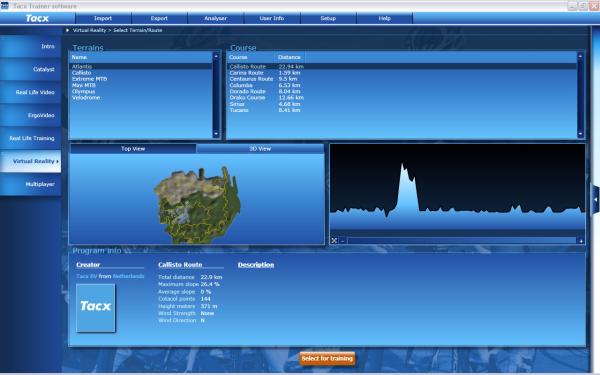
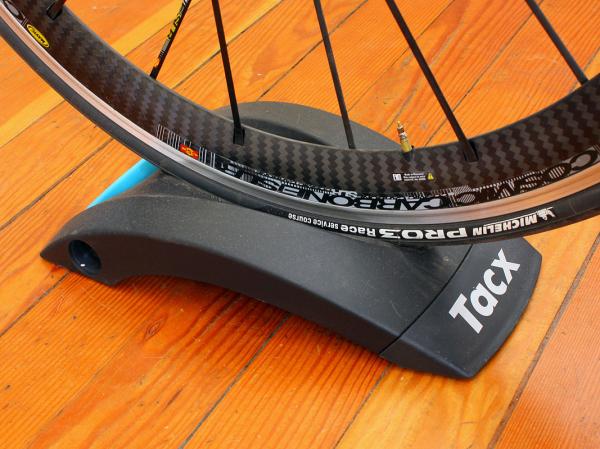

The Tacx Bushido is the Dutch company's latest entry into the ultra-premium computer-controlled indoor trainer market and it's an impressive collection of hardware.
First and foremost (and unique to this segment), it's fully wireless: the ANT+ communication protocol connects the resistance unit to both the handlebar mounted controls and USB PC dongle, and even the resistance unit itself draws its energy from your own pedal power via an on-board generator so it doesn't have to be plugged into the wall.
In theory, you could even train on the Bushido outdoors if you were so inclined. From a more practical perspective, the upside is a quicker and easier setup relative to its competitors, not to mention a much tidier arrangement than having to string wires and cables everywhere.
The resistance unit is whisper quiet – aside from when the small cooling fan periodically kicks in to dissipate accumulated heat – and the folding quick-release frame is easy to set up and quite stable provided the somewhat hard rubber feet aren't resting on a slippery floor.
More versatility and functionality with PC upgrade
Even by itself, the Bushido is more than just a standard turbo. The generously sized LCD on the bar mounted console displays the expected array of information – such as speed, distance, elapsed time, grade, power output (which is surprisingly accurate relative to a Powertap), and heart rate – and also serves as the input interface for user and bike profiles.
The intuitive interface lets you program in prescribed workouts, too, and the resistance will adjust itself to suit – handy if you’ve got a strict training regimen to follow.
The latest race content, interviews, features, reviews and expert buying guides, direct to your inbox!
Connect the Bushido to your PC via the optional software and ANT+ dongle, however, and it really comes into its own, making indoor winter training far more palatable than usual.
Users have their choice of several on-screen environments, from video game-like animations with preloaded or self-created courses to optional real-life video (yes, you can actually ride with the Schleck brothers and no, they won't drop you).
Embedded road grade information adjusts the resistance based on your position 'on course' so aside from physically being on the roads depicted, it's a reasonable approximation of the real thing, though of course without the wind-in-your-hair feeling.
One especially engaging feature is the well-integrated Google Earth plug-in, which you can use to create a course using virtually any route on the planet. Simply plot your course on the screen and the Bushido PC software will create the resistance profile based on the elevation data – a novelty for most riders but something that could be very useful for those looking to prep for an upcoming event for which they won't have the benefit of a pre-ride.
You can also upload route information from a GPS device so you can replay favourite rides at will or download other files from a large library of user-created programs online. When riding the virtual course, one of the display options even projects an icon of your position over an actual Google Earth satellite map as you cover ground – neato.
Software glitches mar an otherwise awesome system
As entertaining as the system is, though, it's definitely not perfect. The resistance changes are occasionally abrupt in some environments, while in others the gradients felt slightly shallower than they were supposed to be (though still very hard depending on the setting). One straightforward Google Earth looped course we plotted even yielded a substantial total elevation change when there should have been none.
Running the Bushido software on a larger screen certainly helps with the whole immersion experience and if your computer is equipped with a 'video out' port, we'd strongly advise you to use it to drive the biggest television monitor you've got available.
But even so, the fancy software and virtual reality environment can't make up for the fact that the resistance unit needs a more effective flywheel – stare at the screen long enough and the training looks convincing enough but doesn't feel like the real thing.
The included software isn't immune from issues, either. First off, it's annoyingly cumbersome to install and requires a number of additional modules that we didn't previously need on our PC. When all was said and done, total load time was well over an hour.
Later on in testing, we also discovered that the included license is applicable to a single computer only, so choose your machine wisely – and keep that in mind if you think reselling your Bushido is a future possibility.
The PC hardware requirements are fairly stringent, too. Video quality is very good with a dedicated graphics card but if your system has integrated video memory, be prepared for jerky motion and low-res images. Mac users will also have to run a Windows emulator, as there is no dedicated version for them.
More irritating were the bugs we ran into. The software in general is sometimes slow to navigate and occasionally lacking in polish that we found disappointing in a product in this price range. A tour through Tacx's own support forum highlights a variety of other issues, too.
Our system even froze up or crashed entirely a few times for no specific reason we could note, and a botched firmware update of the computer head and resistance unit prompted hours of wasted time both online searching for solutions and in back-and-forth email exchanges with the Tacx home base.
Other hardware issues were most unbefitting the Bushido's premium price. For one, the tool-free rubber mounting system for the computer head barely fits around oversized handlebars and only with a very determined yank – and forget about mounting it on more aero-shaped cross-sections (we had to use a rubber band – seriously).
The touch-sensitive capacitive buttons are finicky to use, and can be especially maddening when wet. The plastic housing on the resistance unit isn't as durable as we'd like, either. Though fine for home use, we're sceptical it'll hold up well to life on the road if you decide to tote this with you as a pre-race warm-up tool.
In addition, the front wheel stand cleverly secures in between the axle mounts of the Bushido frame and provides a built-in carrying handle but the differential-length legs don't allow it to stand up on end, thus requiring you to lay it down or lean it up against something.
Summary
In concept (and in most situations in reality, too), the full Bushido package is brilliant, lending an entertaining and engaging environment to pass the indoor miles and a wealth of high-tech features that can legitimately help users prepare for specific events. But software bugs and a few curious hardware oversights overshadow what should otherwise be a superb piece of training equipment.
On the upside, Tacx seem to be releasing regular software and firmware updates to enhance the experience and repair software problems – it's just that for this kind of money, we expect a more refined interface right from the get-go. Fancy graphics are nice and all but ultimately, function is far more important.
